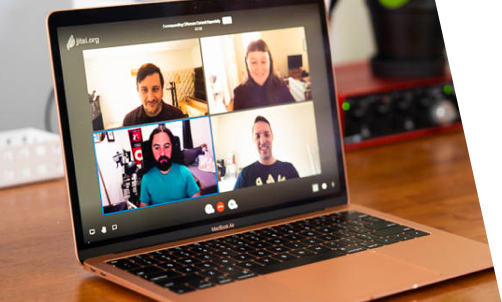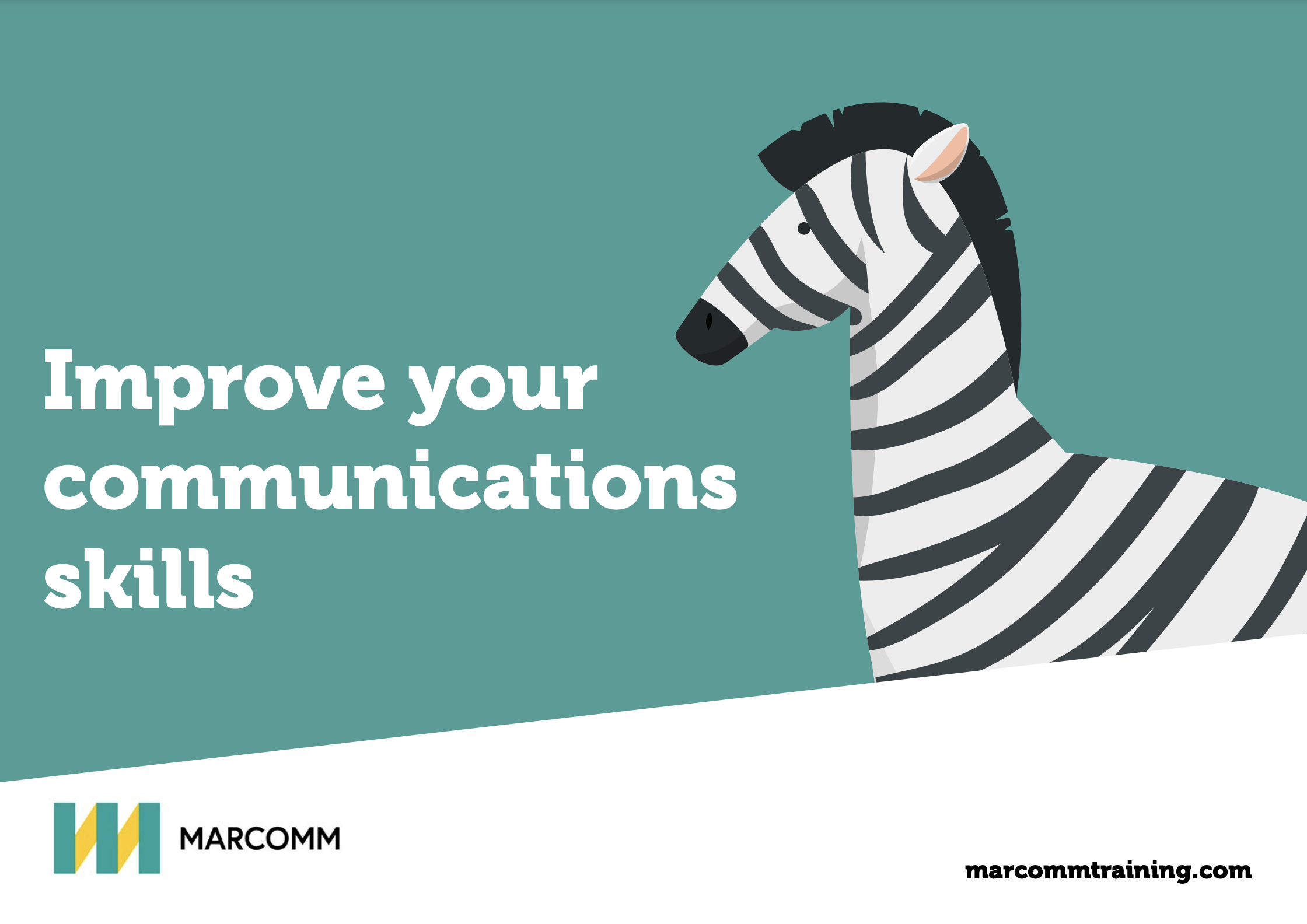In any role today, the ability to deliver a presentation that communicates a key message, captivates an audience, and inspires action is a core skill for anyone in any role. Whether you are pitching a new idea, delivering a sales presentation, or speaking at a conference, presenting with impact can set you apart from the crowd and leave a lasting impression on your audience. Get it wrong, you will equally leave a lasting impression. In this blog, we will explore eight effective strategies to help you master the art of presenting with impact and achieve your presentation goals.
1. Understand Your Audience:
The first step to presenting with impact is to really understand your audience. Who are they? What are their interests, what are their needs, and pain points? What solution are you offering? Create your message to resonate with your audience on a personal level, demonstrating that you understand their challenges and can offer valuable solutions.
2. Define Your Objectives:
Before you begin crafting your presentation, clearly define your objectives. What do you want to achieve with your presentation? Whether it is persuading stakeholders, educating your audience, or driving action, having clear objectives will guide the content and structure of your presentation. What is it that you want your audience to do because of your presentation? Be crystal clear!
3. Tell a Compelling Story:
How many times have you sat through a presentation where the content was dry, the delivery lacked energy. You could not wait until it was over. Storytelling is a powerful tool for engaging your audience and conveying your message with impact. Create a narrative that takes your audience on a journey, weaving in anecdotes, examples, and real-life experiences to illustrate key points. A compelling story will capture your audience's attention and make your message memorable. Start your preparation by committing your presentation story to paper first. Work on this before you move to step 4.
4. Use Visual Aids Wisely:
Too many presenters start their preparation by creating their slides then trying to fit what they want to say around them. Their slides are full of too much information and data. Visual aids such as slides, videos, and infographics can enhance your presentation and reinforce your key points. However, use them sparingly and ensure they support rather than distract from your message. Keep slides clean and uncluttered, with visuals that are relevant and easy to understand. If you need to present data, avoid presenting tables of figures or screen grabs of spreadsheets. Consider presenting graphs, show trends or growth. Make it easy for the audience to grasp the key points.
 Felicia Buitenwerf on Unsplash" />
Felicia Buitenwerf on Unsplash" />Photo by Felicia Buitenwerf on Unsplash
5. Engage Your Audience from the outset:
Engage your audience from the start and keep them actively involved throughout your presentation. Ask thought-provoking questions. Start with an interesting statistic that the audience may not know. Incorporate interactive elements such as polls, quizzes, a show of hands or a group activity to make your presentation more dynamic and memorable particularly if the presentation is lengthy or content heavy. Try and keep your audience engaged, encourage feedback and participation.
6. Master Your Delivery:
Your delivery is as important as the content of your presentation. Speak clearly and confidently, maintaining good posture and eye contact with your audience. Check out our blog: “Three tips to avoid saying "Um", "Ah" and "You Know" when presenting.” Vary your tone, pace, and volume to keep your audience engaged, and use gestures to emphasise key points. Practice your delivery until you feel comfortable and polished.
7. Handle Questions with Confidence:
Anticipate questions from your audience and prepare thoughtful responses in advance. When answering questions, listen carefully, be concise, and provide relevant examples or evidence to support your answers. If you don't know the answer, be honest and offer to follow up later. Read our blog: ”Knowing how to handle Q&As effectively can make or break your presentation”, to learn more about how to deal with audience questions.
8. Close with Impact:
Just as we talked about the importance of engaging your audience from the start, you equally should think about how you will close your presentation. Avoid the hard stop! Ending your presentation with a strong and memorable closing statement that reinforces your key message and leaves a lasting impression on your audience. As you come to the close, summarise your main points, reiterate your objectives, and call your audience to action. Consider a memorable quote, statement or image that leaves them inspired and motivated to take the next steps.
Presenting with impact is a skill that can be developed and refined over time. Everyone can become a better presenter. Follow these eight steps and you will deliver presentations that resonate with your audience and help achieve your objectives. So go ahead, step onto the stage, and present with confidence and impact. Your audience awaits!

